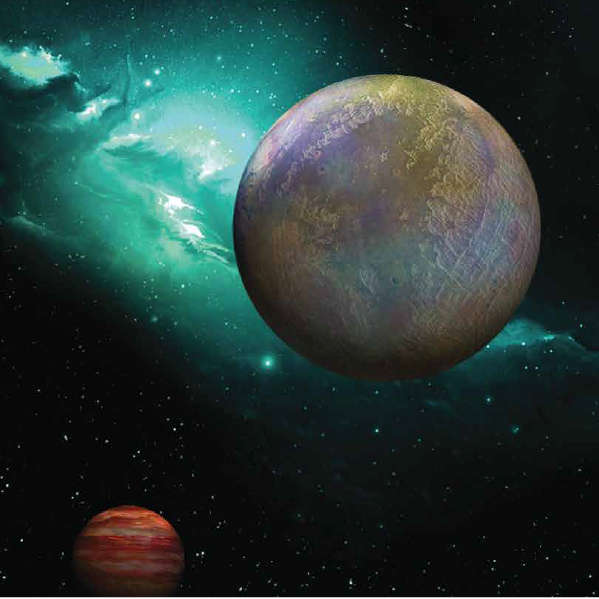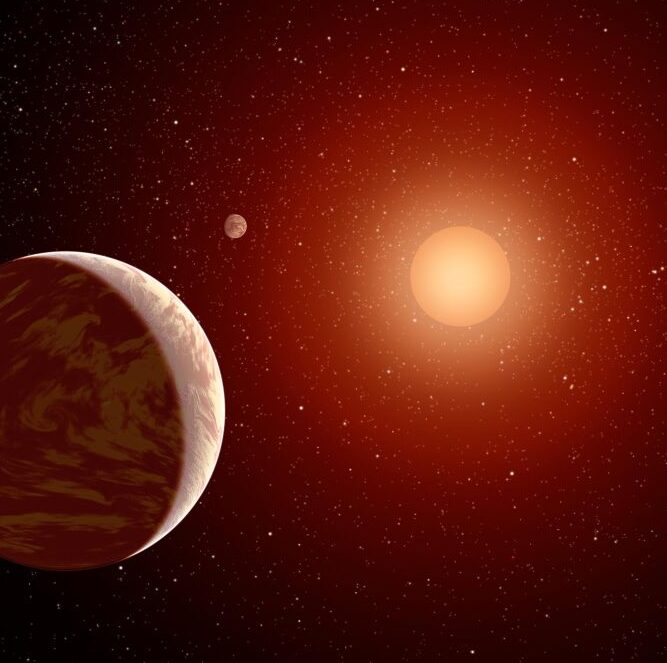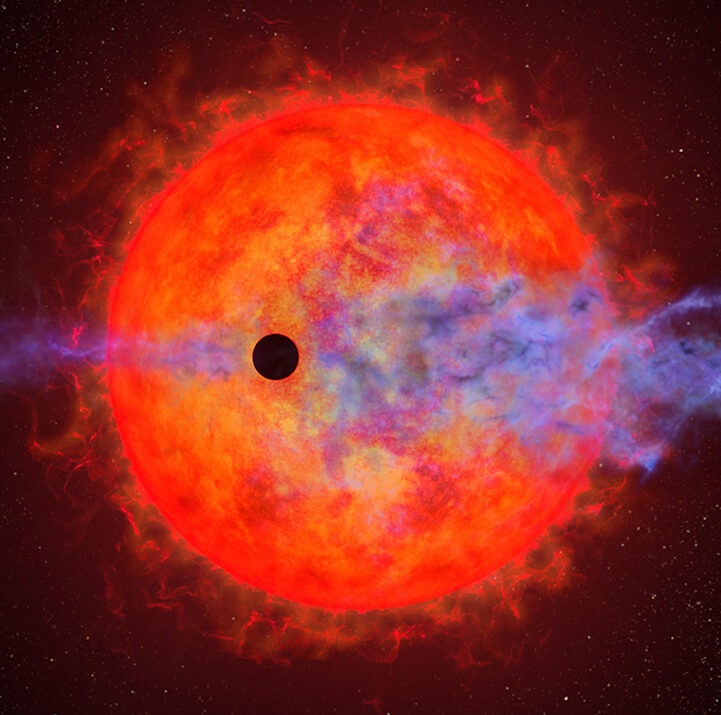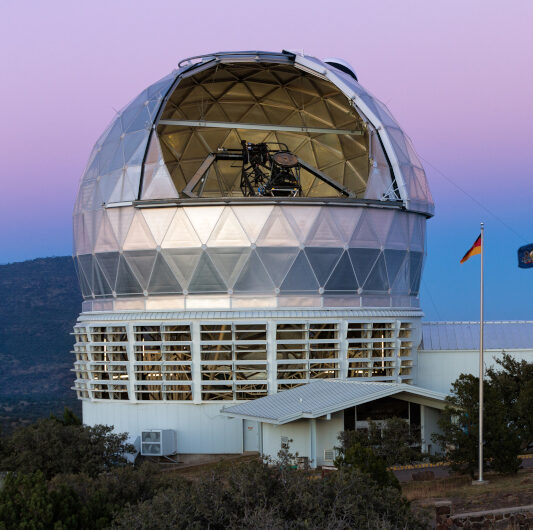Habitability in a Galactic Environment

The discovery of thousands of widely diverse planetary systems orbiting nearby stars raises challenging questions about life in the Universe.
What regions of the Milky Way galaxy are most habitable for complex life? How susceptible is surface dwelling life to lethal radiation from astrophysical sources?
Habitability in a Galactic Environment focuses on research to quantify and understand the Galactic Habitable Zone.
Grant Funding:
Funding Agency:
Project Title:
Investigators:

NASA
Confirmation of TESS Giant Planets
William Cochran (UT Austin)

Space Telescope Science Institute
Extending the Legacy of HST Observations of M dwarfs: Coupled Models of Terrestrial Planet Thermal Evolution and Atmosphere Loss
Caroline Morley (UT Austin)

Space Telescope Science Institute
Testing the Lyman Alpha reconstructions vital for stellar and exoplanet astronomy
Cynthia Froning (UT Austin)

NSF Collaborative Research
Constraining the frequency and detailed properties of exoplanets orbiting fully convective stars with the Habitable-zone Planet Finder
William Cochran (UT Austin)
CPSH – 2020 Seed Grant
Development of a fully integrated opts-thermo-fluidic system for in situ detection of trace chiral prebiotic molecules on icy bodies
Yuebing Zheng (UT Austin)

CPSH – 2021 Seed Grant
Intramolecular carbon isotope distribution as a fingerprint illuminating the origin of organic molecules
David Hoffman (UT Austin)
Cornelia Rasmussen (UT Austin)

